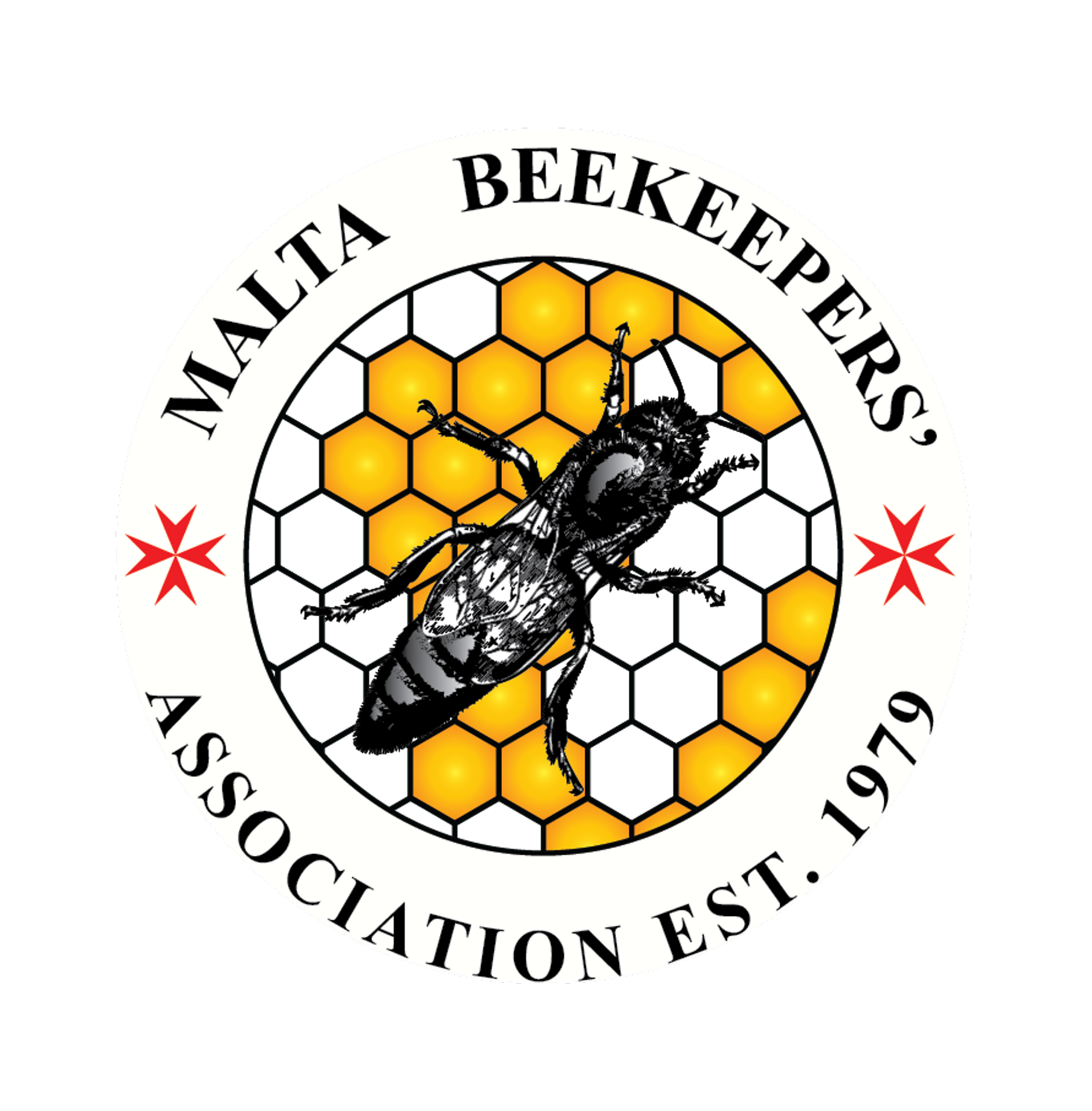A honeybee starts the honey making process by visiting a flower and gathering some of its nectar. Many plants use nectar as a way of encouraging insects (bees, wasps,butterflies, etc.) to stop at the flower. In the process of gathering nectar, the insect transfers pollen grains from one flower to another and pollinates the flower. Most flower nectar are similar to sugar water -- sucrose mixed with water. Nectar can contain other beneficial substances as well. To make honey, two things happen:
Enzymes that bees produce turn the sucrose (a disaccharide) into glucose and fructose (monosaccharides). See How Food Works for a discussion of food enzymes and saccharides. Most of the moisture has to be evaporated, leaving only about 18-percent water in honey. Here is a very nice description of the enzyme process: An enzyme, invertase, converts most of the sucrose into two six-carbon sugars, glucose and fructose. A small amount of the glucose is attacked by a second enzyme, glucose oxidase, and converted into gluconic acid and hydrogen peroxide. The gluconic acid makes honey an acid medium with a low pH that is inhospitable to bacteria, mold, and fungi, organisms we call microbes, while the hydrogen peroxide gives short-range protection against these same organisms when the honey is ripening or is diluted for larval food. Honey bees also reduce the moisture content of nectar, which gives it a high osmotic pressure and protection against microbes./
This page gives a very nice description of the evaporation process:
The effect is to make honey a very stable food. It naturally resists molds, fungi and other bacteria, allowing it to last for years without refrigeration!
Bee Keeping
Beekeeping (or apiculture, from Latin apis, bee) is the maintenance of honey bee colonies, commonly in hives, by humans. A beekeeper (or apiarist) keeps bees in order to collect honey and other products of the hive (including beeswax, propolis, pollen, and royal jelly), to pollinate crops, or to produce bees for sale to other beekeepers. A location where bees are kept is called an apiary or "bee yard".
Depictions of humans collecting honey from wild bees date to 15,000 years ago, efforts to domesticate them are shown in Egyptian art around 4,500 years ago. Simple hives and smoke were used and honey was stored in jars, some of which were found in the tombs of pharaohs such as Tutankhamun. It wasn't until the 18th century that European understanding of the colonies and biology of bees allowed the construction of the movable comb hive so that honey could be harvested without destroying the entire colony.

